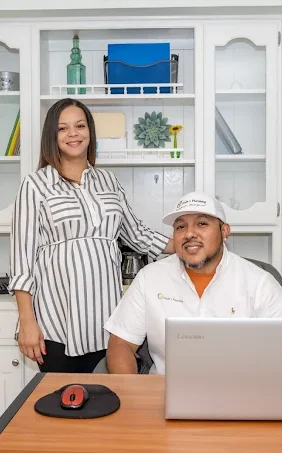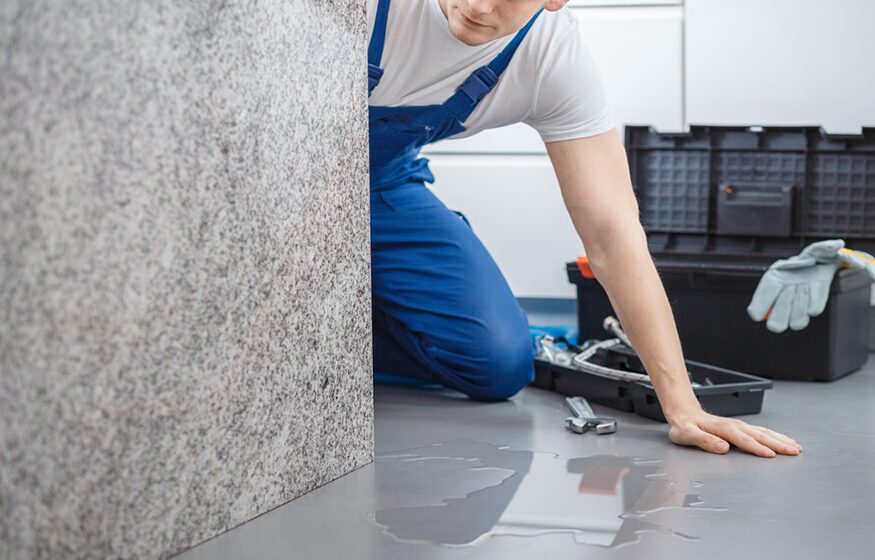A homeowner’s nightmare, a slab leak, can cause substantial damage if left unchecked. These leaks occur in the water lines running below the concrete floor, often unnoticed until significant damage has already happened. Recognizing the causes and knowing how to address them can save homeowners from costly repairs and structural damages. Let’s delve into the…
READ MORE PLUMBING ARTICLES
By Made’s Plumbing
Ensuring Safe Water in Arlington, TX With Service Line Inspections
Headline stories like what happened in Flint, Michigan several years back have been a reminder…
Plumbing Myths in Arlington, TX: What Property Owners Should Know
Since the time we’re kids we hear all kids of plumbing myths. From the ridiculous,…
What to Do in a Plumbing Emergency: Tips for Arlington Residents
Experiencing a plumbing emergency in your Arlington, TX home is way more stressful than regularly…
Drop Us a Line!









